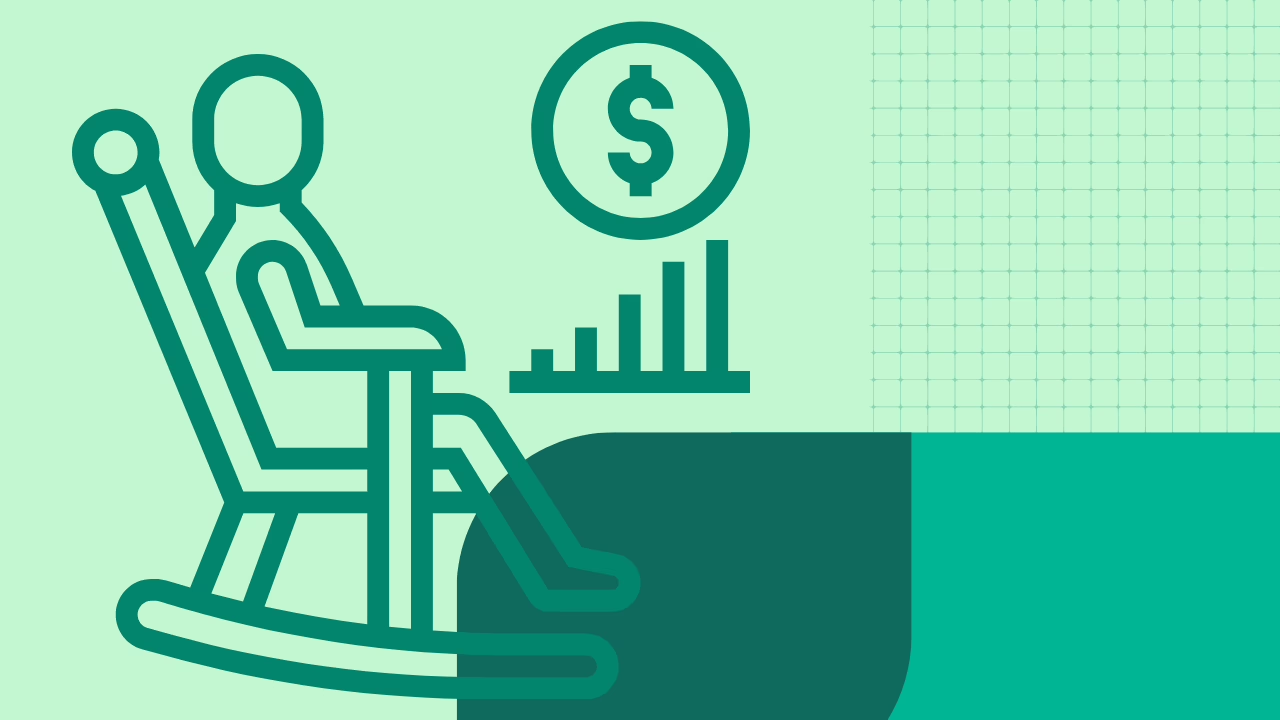For anyone looking to take charge of their financial future, a budget is an indispensable tool. It provides a clear view of your financial situation, empowers your spending decisions, and paves the way toward achieving significant life goals. Here is a straightforward guide on how anyone can approach budgeting effectively.
Understand Your Financial Flow
Before you can create a successful budget, you need to know exactly how much money is coming in and where it is going. This initial step provides the essential foundation for all future financial planning.
- Calculate Total Income: Tally up all sources of monthly income, including salary, freelance work, and any other regular earnings. This gives you a clear picture of the total funds available.
- Track Every Expense: For a month, I try keep a detailed record of every single purchase. This includes:
- Fixed Costs: Rent or mortgage payments, insurance premiums, and loan repayments.
- Variable Costs: Groceries, gasoline, entertainment, and dining out (these can add up quickly!).
- Occasional Expenses: Holiday gifts, car repairs, or annual subscriptions.
Set Meaningful Financial Goals
A budget is more than just a set of rules; it’s a tool to help you achieve what’s most important. Clear goals provide the “why” behind budgeting and offer powerful motivation.
- Short-Term Goals: These are objectives you might want to achieve in the next year or two. Examples include:
- Building a $1,000 emergency fund.
- Paying off a high-interest credit card.
- Saving for a vacation.
- Long-Term Goals: These are larger ambitions for the future. Examples include:
- Saving for a down payment on a home.
- Investing for retirement.
- Funding a child’s education.
Create a Spending Plan
With a clear understanding of income, expenses, and goals, the next step is to create a plan that directs the money where it needs to go. There are several popular methods to choose from.
- The 50/30/20 Rule: This is a simple and popular framework:
- 50% for Needs: Allocate half of the after-tax income to essential living expenses.
- 30% for Wants: Earmark thirty percent for lifestyle choices like hobbies, dining out, and shopping.
- 20% for Savings & Debt: Dedicate the final twenty percent to building savings and paying down debt.
- The Zero-Based Budget: With this method, every dollar of income is assigned a job. The formula is simple: Income – Expenses = $0. This ensures that no money is wasted and every dollar is working towards a specific goal. I find this is the more flexible approach for me because it let’s me account for everything.
Regularly Review and Adjust
A budget is not meant to be set in stone. Life changes, and your budget should adapt accordingly.
- Schedule Check-ins: Set aside time each week or month to review spending and compare it to the budget.
- Be Flexible: If you overspend in one category, you need to be able to adjust by spending less in another.
- Update for Life Events: A pay raise, a new job, or a change in family size are all reasons to revisit and update the budget to ensure it remains relevant and effective.
By consistently applying these principles, you can move from financial uncertainty to a position of control. A well-maintained budget is the key to reducing financial stress and confidently building a secure future.





